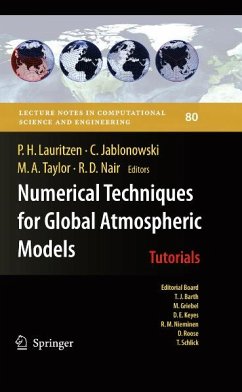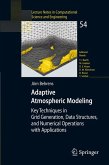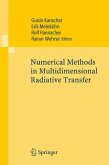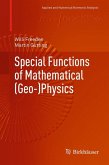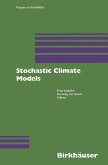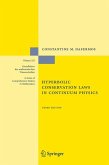Dieser Download kann aus rechtlichen Gründen nur mit Rechnungsadresse in A, B, BG, CY, CZ, D, DK, EW, E, FIN, F, GR, HR, H, IRL, I, LT, L, LR, M, NL, PL, P, R, S, SLO, SK ausgeliefert werden.
"This monograph, edited by Peter Lauritzen, Christiane Jablonowski, Mark Taylor and Ramachandran Nair, brings together current developments in the field of global atmospheric modeling with modern computational techniques that are likely to determine fruitful directions for further advanced study and research. ... This new edited research monograph contains references to a large number of books, monographs and research papers which will stimulate further study and research in global atmospheric models and modern computational methods. " (L. Debnath, Mathematical Reviews, Issue 2012 m)

